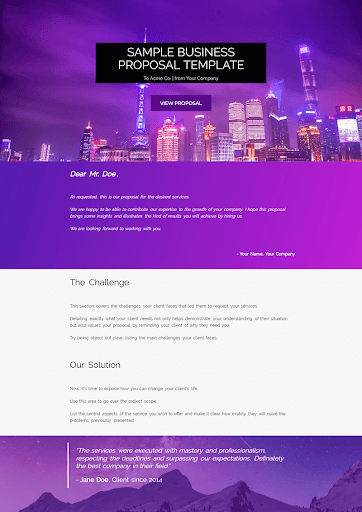
The benefits a business gets from a consulting report are invaluable. A consulting report generally includes:
In short: consulting reports are an opportunity for consultants to prove their expertise in their industry.
Despite that, businesses can sometimes ignore the consultant’s advice with costly consequences, such as loss of time, human resources, and effort.
Worst, the consultant, too, may be affected. Questions about what might have gone wrong will linger in the client’s mind—one of which involves the consultant’s work ethics or whether the consultant delivered the right recommendations for their business.
If you are a consultant, you don’t want anyone questioning your work. It is not good for business.
To avoid this scenario, you need to structure your consulting reports in a way that avoids misunderstandings but makes your ideas easily understood by the client.
First, a consulting report is normally prepared by an expert or entity for another entity lacking the capacity to research and make recommendations on its own.
A consulting report contains expert advice and understanding of a subject, e.g. the threat of new entrants and how it will affect the client’s business. This document should be actionable, specific, achievable, and designed to meet the client’s needs.
A consulting report can be created as a quote at the beginning of a client project, during the course of a project to follow-up or communicate progress, or even at the end of a project to summarize findings or recommendations.
Understanding what a consulting report is is the first step to creating a report that will eventually remove doubts in your abilities and fulfill a client’s needs. On top of that, every consultant needs a blueprint to guide them when creating a report. Here’s what your report should include.
Salutation is needed to open your report for four reasons: they help to establish trust, build relationships, enhance professionalism, and show intent.
Consider maintaining formalities by using the acronyms Mr., Mrs., Dear, etc., even if you are dealing with a close friend or family member.

The introduction summarizes the message in your report. In this section, ensure to touch a little on the problem and the value your consulting services can bring. Summarize what the client should expect.
Mention the goals and objectives without forgetting to thank the client for considering your services. For example, the executive summary below is from McKinsey Global Institute. As you can see, below the report are key insights showing the goals and the objectives of the report.
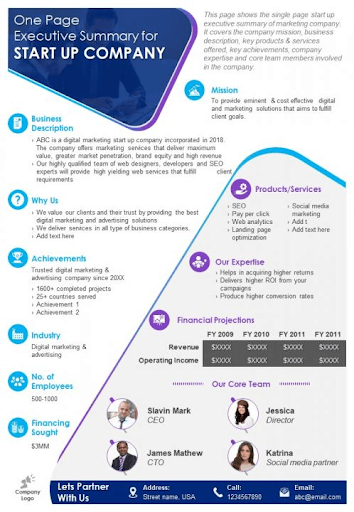
This section outlines all that you will do for the client. If you will gather data or interview employees, lay it all here, plus how you will accomplish it. Outline the activities to reach your goals and objectives.
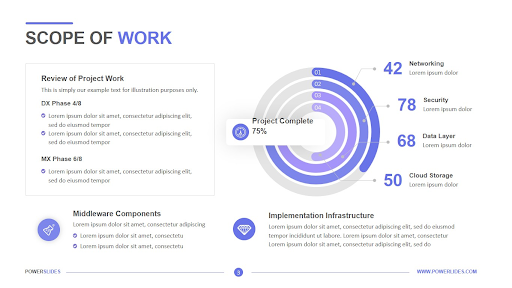
At the end of the day, you must deliver some results. Here, ensure you present tangible and real outcomes. If you recommend that a client stop using a particular service or activity, let it be known in this section.
Timelines keep each party in check and help the clients plan out their next move once they have received your report.
For this reason, provide the project starting date and completion date or the deadline. If the project has different milestones, you can use a project timeline template to quickly outline the deadline for each so that the client can prepare themselves to accommodate your report.
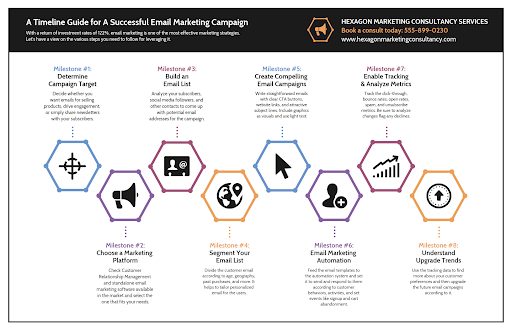
Money is a tricky subject that must be handled carefully. Strive to limit disagreement by laying out how to be paid. Let the client know your fees and any other expense that the client should assume when executing the work. If you prefer a down payment before you begin work, mention it in this section. If you prefer a down payment before you begin work, mention it in this section.You can also clarify your invoicing process, including preferred payment terms (e.g., net 30 days) and any late fees that may apply.
Client feedback is necessary and instrumental in any report. For your report, this is where you tell the client how to work together. Ensure clients know how to move forward once they get and analyze your report. Remember to leave your contacts and business address.

A consulting report is about providing value for the client, which can only be possible by offering a solution to a problem. The first step and key to writing a valuable report starts by understanding the challenges the client experiences.
Next, know how these challenges affect the client. One way is to get on the phone with the client to discuss them or meet team members and ask critical questions to understand their needs better. Another way is to provide them with a needs assessment.
This way, you will provide the right solutions tailored to the client’s needs and not a one-size fit solution that any business can use.
As mentioned before, a consulting report aims to uncover a problem facing your client and seek a solution. That means your recommendation can either make or break your report. Your task is to provide concrete recommendations without falling short of the clients’ expectations.
To do that, put a lot of emphasis on the outcome and not on your work or task. Your recommendations must be specific, realistic, and attainable while comparing options, recommending an option, and supporting that recommendation. You may use relevant terms or examples that will resonate with the audience.
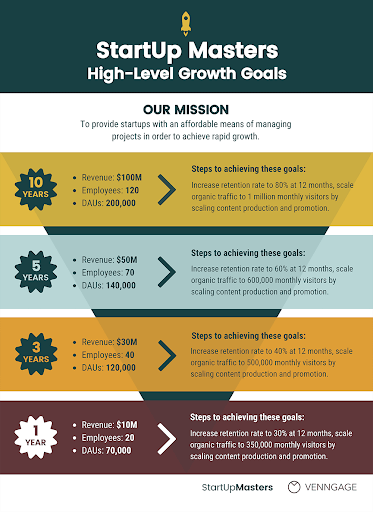
Words have a lot of power. For example, adding slang may change the meaning of the message you are conveying, while complex language may limit how your audience understands your report.
While it may occasionally be okay to use some figures of speech such as a simile, try and keep your writing straightforward as far as possible.
As a consultant, use human language that all those who will read the report in the client’s network understand. This can be made possible by making your sentences shorter and paragraphs as brief as possible to limit complexities.
Another important factor is to rid yourself of bureaucratic language or lyrical that only you understand.
According to Psyblog, the key to getting people to believe you is to write with clarity. They compared these two sentences:
A. Hamburg is the European record holder concerning the number of bridges.
B. In Hamburg, you can count the highest number of bridges in Europe.
Even though both sentences mean the same thing, people rated the second sentence to be truer because it paints a simple picture with unambiguous words.
The tone you use can change the overall view and outcome of the report. If you are biased, the client may ignore your recommendations and any future relationship.
As a consultant, it is not your role to take sides however much you are tempted to, but aim to use an unbiased tone based on your research and findings. Don’t use emotive language nor provide personal suggestions but concrete reasons to support your recommendations.
Depending on the client you are working with, some matters may be sensitive to them or their team. These can be cultural, political, or religious. These highly contentious matters may affect those delivering services or working with your client.
Considering such matters guarantees you develop a report that doesn’t present a potential risk to the client or his team. Apart from the primary research, do your secondary research thoroughly, noting factors that may affect the client’s business operation or compromise work ethics.
Adding charts or images to your consulting report makes it pleasurable. But not only that, visuals like graphs and pie charts reinforce your message, break up text to improve readability and make recipients of your report find information easily.
Here’s a sample report with relevant visuals breaking up the text, making the document easy to read or scan.
Adding charts or images to your consulting report makes it pleasurable. But not only that, visuals like graphs and pie charts reinforce your message, break up text to improve readability and make recipients of your report find information easily.
Here’s a sample report with relevant visuals breaking up the text, making the document easy to read or scan.
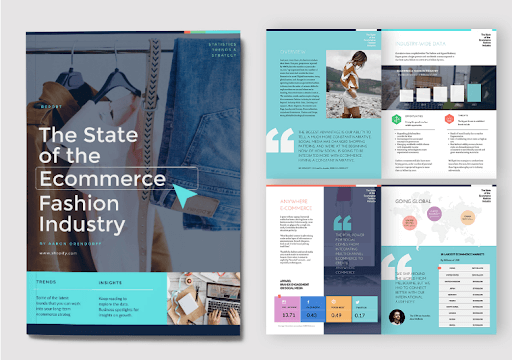
As a result, always accompany your report with relevant visuals. Additionally, use bullets, headings, subheadings, and real-life examples where necessary.